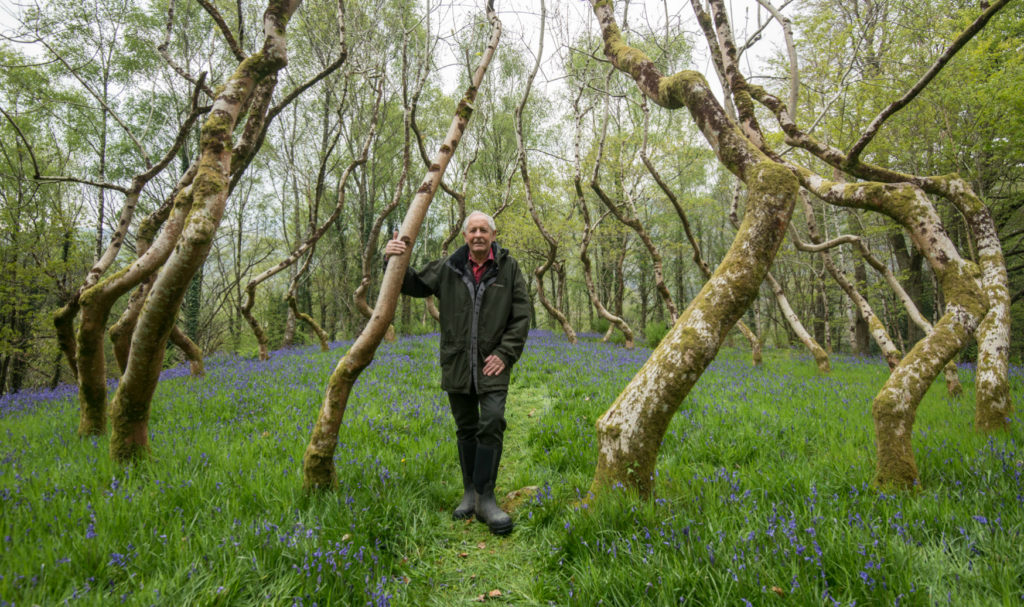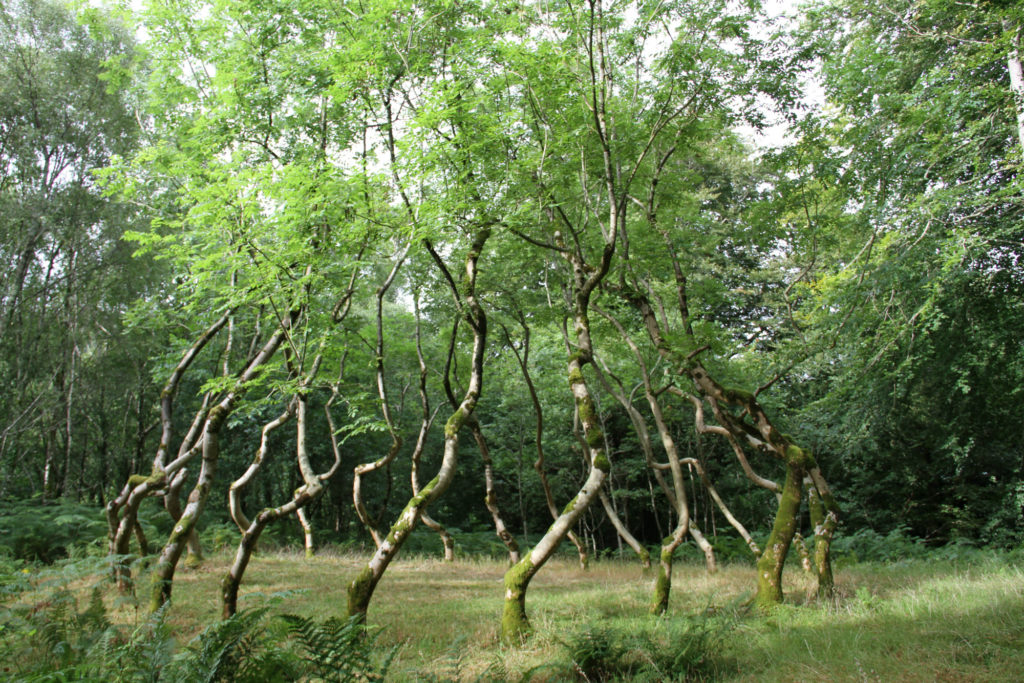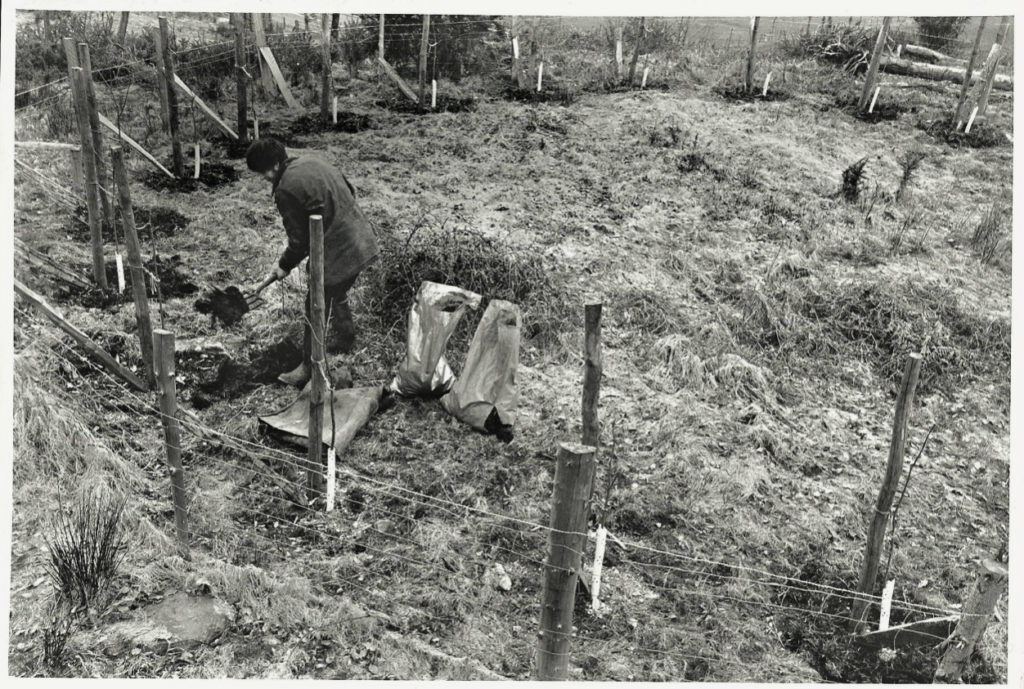British artist will not interfere with natural process and let fungus kill ash dome that was supposed to outlive him
 David Nash and his Ash Dome. Source: Rob Fraser/Artnet.com
David Nash and his Ash Dome. Source: Rob Fraser/Artnet.com
Ash Dome, a living art installation by British artist and sculptor David Nash is dying. The famous work of Land Art he planted as a young artist in a secret place in the Welsh countryside more than 40 years ago was supposed to outlive the author. Royal Academician Nash, who is now in his 70s, is disappointed, but he will let the disease destroy the ring of 22 ash trees he planted in 1977.
“People have told me all sort of remedies for ash dieback but the whole thing would become too precious. It’s a work depending on natural forces, so ash dieback is a natural force. I have to accept that as part of the original concept.”
 David Nash’s Ash Dome, 1977-ongoing. Source: David Nash/Artnet.com
David Nash’s Ash Dome, 1977-ongoing. Source: David Nash/Artnet.com
Nash’s idea in the late 1970s to create a conceptual work that would grow throughout the 21st century was a reaction to the policies of that time. “A lot of Land Art was gestures out in the land. I wanted to extend that commitment. In the ’70s, policies were incredibly short term, Labour and Conservatives, and the environmental movement was looking much longer term, and so was I,” Artnet quotes the artist as saying.
The exact location of Ash Doma in northern Wales is not disclosed, but as part of BBC Radio 3’s week devoted to music inspired by forests, the artist took the broadcaster Ian Skelly to the site and told him that he learned to make trees grow in a vortex-like shape through trial and error. The first trees he planted were eaten by sheep.
 David Nash working on Ash Dome, 1977 . Source: David Nash/Artnet.com
David Nash working on Ash Dome, 1977 . Source: David Nash/Artnet.com
“I was looking to make a sculpture outside that was genuinely of its place. If it grew there it is certainly of it.” Ash dieback is a tragedy for Nash. If a tree is affected by fungus, the result is fatal in most cases. “Ash is such a resilient tree. It will come back, but not in our lifetime.”
Subscribe to our mailing list: